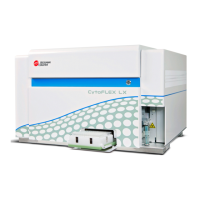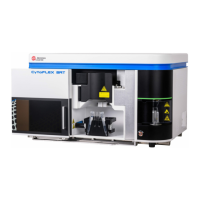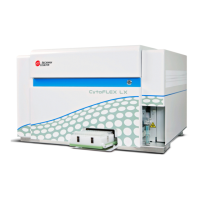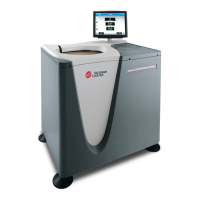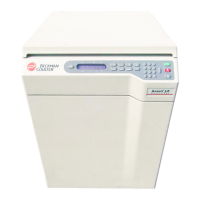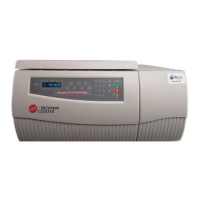PN 177196BB
6-12
SAMPLE ANALYSIS
WORKFLOW OPTIONS
6.4 WORKFLOW OPTIONS
A Objectives
When you have completed this topic, you will be able to:
B State the preferred method for identifying a sample in the Autoloader mode.
B Define a Worklist and state two reasons why your laboratory may want to use one.
B Explain the reason for using the Manual Match option with a Worklist.
B References
In the Online Help System or the Instructions for Use manual, refer to:
r Heading 2.8 WORKFLOW AND WORKLISTS.
r Worklist Match and Manual Match Options under Heading A.4 OPERATIONAL SETUP.
C Special Instructions
The instrument must be powered up and either a Supervisor or Service must be logged in to
view Setup options, but this is optional and is not required for covering the essential
information in this topic.
D Topic Notes and Tasks
1. Work flow is the sequence of tasks used to analyze samples and generate patient reports.
2. Work-flow patterns on the A
C
•T 5diff AL hematology analyzer evolve around two
factors. Does the laboratory plan to use:
a. Barcode labels on the specimen tubes for identification.
b. A Worklist to enter the work order and other information for the specimen.
3. Using the internal bar-code reader, the instrument can use one of two methods to
identify each sample as it is processed in the Autoloader mode.
a. It can read a bar-code label on the specimen tube, identifying the sample by the
Sample ID encoded in the label.
1) This is the recommended method of sample identification.
2) The identification is attached directly to the specimen tube.
3) This is the easiest method to use because the Operator can load the specimen
tubes into the cassette in any order.
b. It can read the bar-code label on the cassette, identifying the sample by the cassette
number and its position in the cassette.
1) This is not the recommended method of sample identification.
2) This method relies on the Operator’s accuracy in placing the specimen tubes in
their correct cassette positions to match results to the correct specimen.
Note: If you use this method and the specimen tube has a bar-code label, the
label is still read. It is just not used as the primary ID.
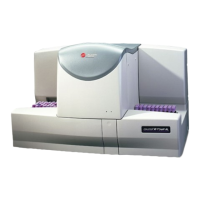
